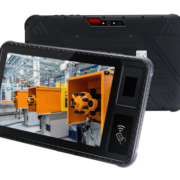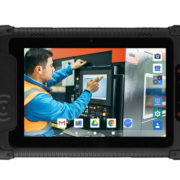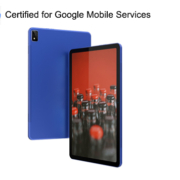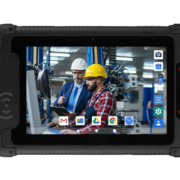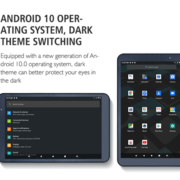How to Provide Customization for Different Market Requirements?
In today’s globalized business environment, companies are no longer competing solely on price or quality; they must also cater to diverse market requirements. Customization is the key to meeting specific needs in different regions, industries, or customer segments. But how can businesses provide effective customization without increasing costs or complicating production? Here’s a detailed guide.
1. Understand Local Market Demands
Customization starts with in-depth market research. Each market has its own preferences, regulatory requirements, and consumer behavior patterns. For example:
- Europe may require strict energy efficiency standards and multilingual support.
- Asia might focus on compact design and affordable pricing.
- North America may prioritize advanced features and compliance with specific safety certifications.
By understanding these differences, companies can design products or services tailored to the unique needs of each market.
2. Modular Product Design
One of the most effective ways to achieve customization is through modular product design. A modular approach allows core components to remain the same while offering interchangeable features or add-ons that cater to local needs. For example:
- A smart home control panel can have a standard motherboard, but offer different screen sizes, connectivity options (Wi-Fi, PoE, Zigbee), or languages depending on the region.
- Industrial equipment may use the same engine or control system but offer region-specific input/output modules.
Modular design reduces the complexity and cost of manufacturing multiple versions while providing the flexibility customers demand.
3. Software and Firmware Customization
Hardware is only part of the equation. Software and firmware customization can significantly enhance the product’s market suitability. Examples include:
- UI Localization: Adapting languages, units, and date/time formats for local users.
- Protocol Support: Adding support for regional standards such as KNX in Europe or Zigbee in Asia.
- Feature Toggle: Enabling or disabling certain functions to comply with local regulations or customer preferences.
Custom software ensures that even standardized hardware can deliver a personalized experience.
4. Offer OEM/ODM Solutions
For companies serving other businesses (B2B), OEM (Original Equipment Manufacturer) and ODM (Original Design Manufacturer) solutions are essential for market-specific customization. Through OEM/ODM partnerships:
- Clients can rebrand products with their logos and packaging.
- Specific hardware or software modifications can be applied according to regional needs.
- Companies can provide complete PCBA solutions for embedded systems, including interface and layout adjustments.
This approach helps brands quickly enter new markets without developing products from scratch.
5. Maintain Flexible Supply Chain and Production
Customization requires a flexible supply chain that can handle different configurations efficiently. Key strategies include:
- CKD/SKD Models: Ship products as completely or semi-knocked down kits to allow local assembly and customization.
- Just-in-Time Manufacturing: Reduce inventory costs while quickly responding to market demands.
- Supplier Diversity: Work with multiple suppliers to ensure availability of region-specific components.
A flexible production system ensures businesses can adapt quickly without compromising quality or delivery timelines.
6. Continuous Feedback and Iteration
Market requirements are dynamic. Companies must continuously gather feedback and iterate on their products. Methods include:
- Customer surveys and product reviews
- Monitoring sales trends by region
- Collaboration with local partners or distributors
By integrating feedback into product development, businesses can refine their offerings to stay competitive in each market.
Providing customization for different market requirements is a multi-faceted strategy that combines market research, modular design, software adaptability, OEM/ODM solutions, flexible supply chains, and continuous iteration. Companies that master these approaches can offer products that resonate with diverse customer bases while maintaining operational efficiency. In a world where customer expectations vary by region, tailored solutions are not just an advantage—they are a necessity.

